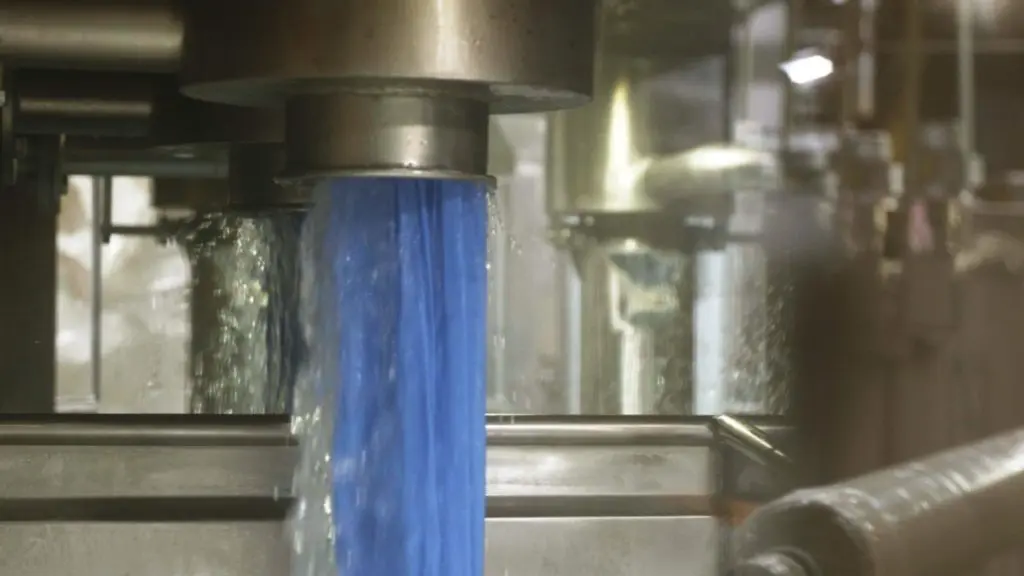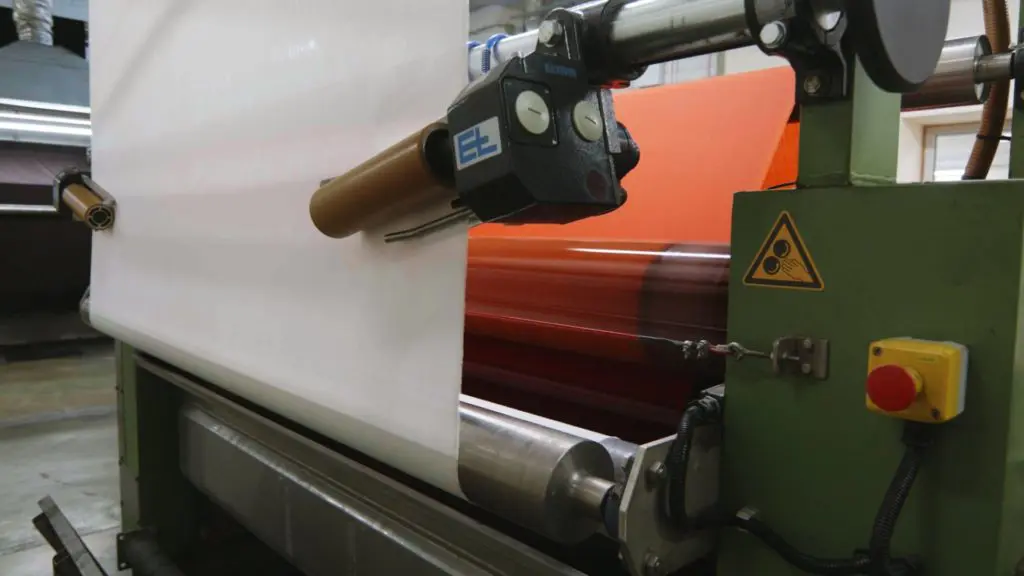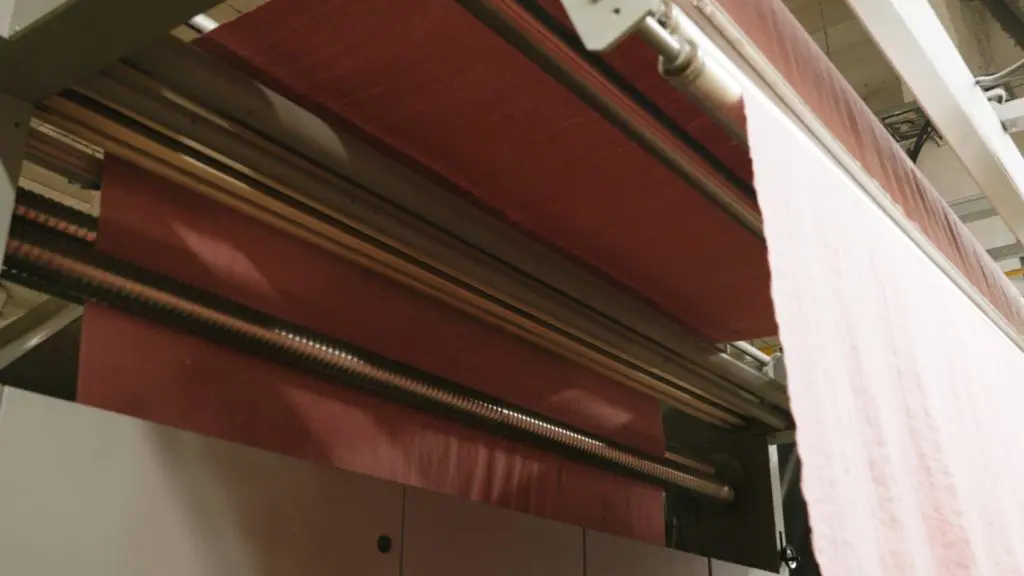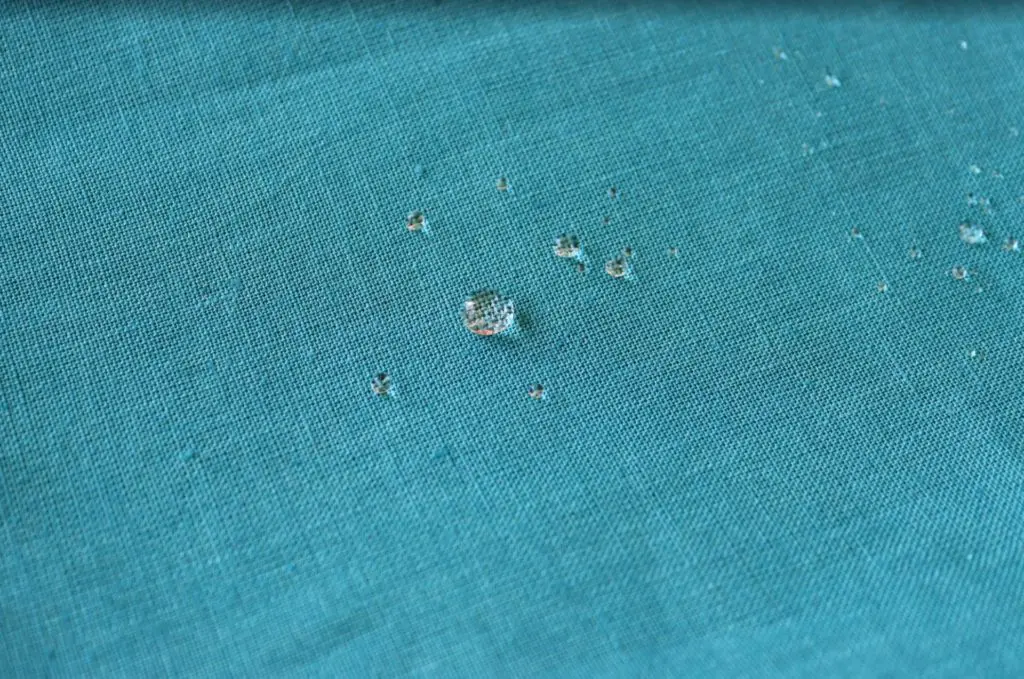One of the most common finishing treatments for linen fabric is washing. Linen fabric is typically washed to remove any dirt, oil, or sizing that may be present on the fabric after weaving. Washing improves the fabric’s texture, making it softer and more pliable.
After the dyeing process is complete, the fabric is washed to remove any excess dye and chemicals. This washing process typically involves rinsing the fabric with cold water and then washing it with a mild detergent.







